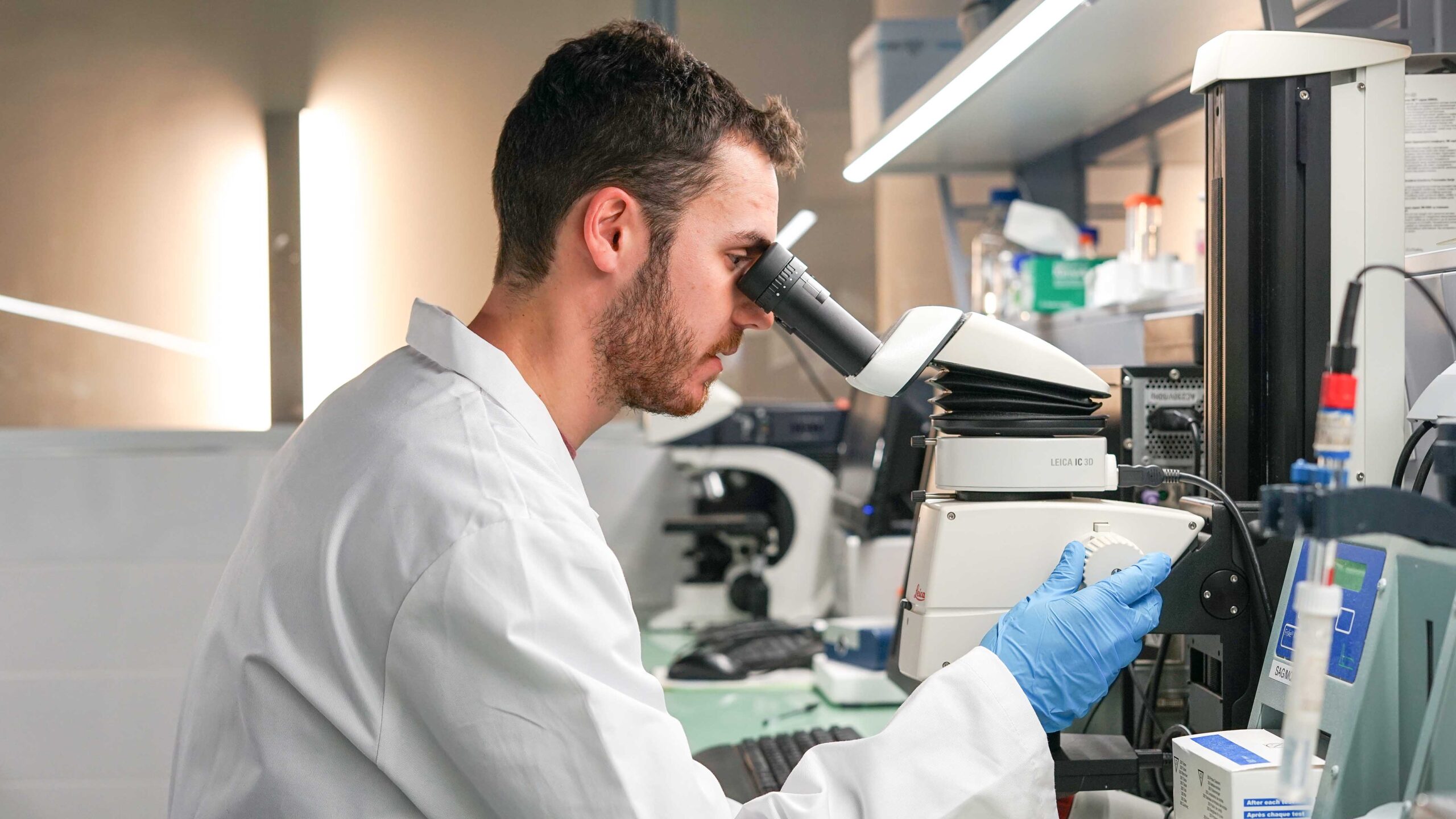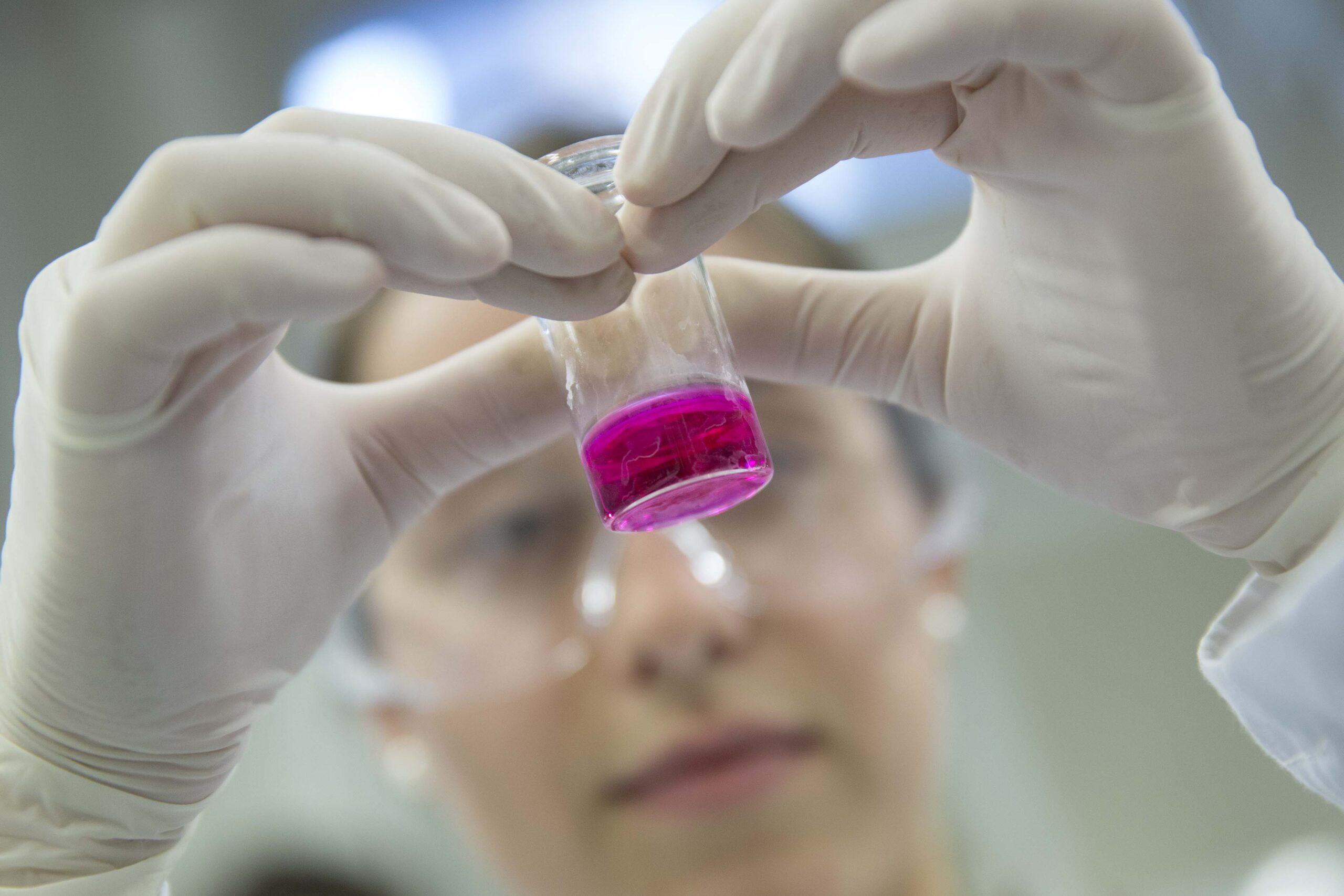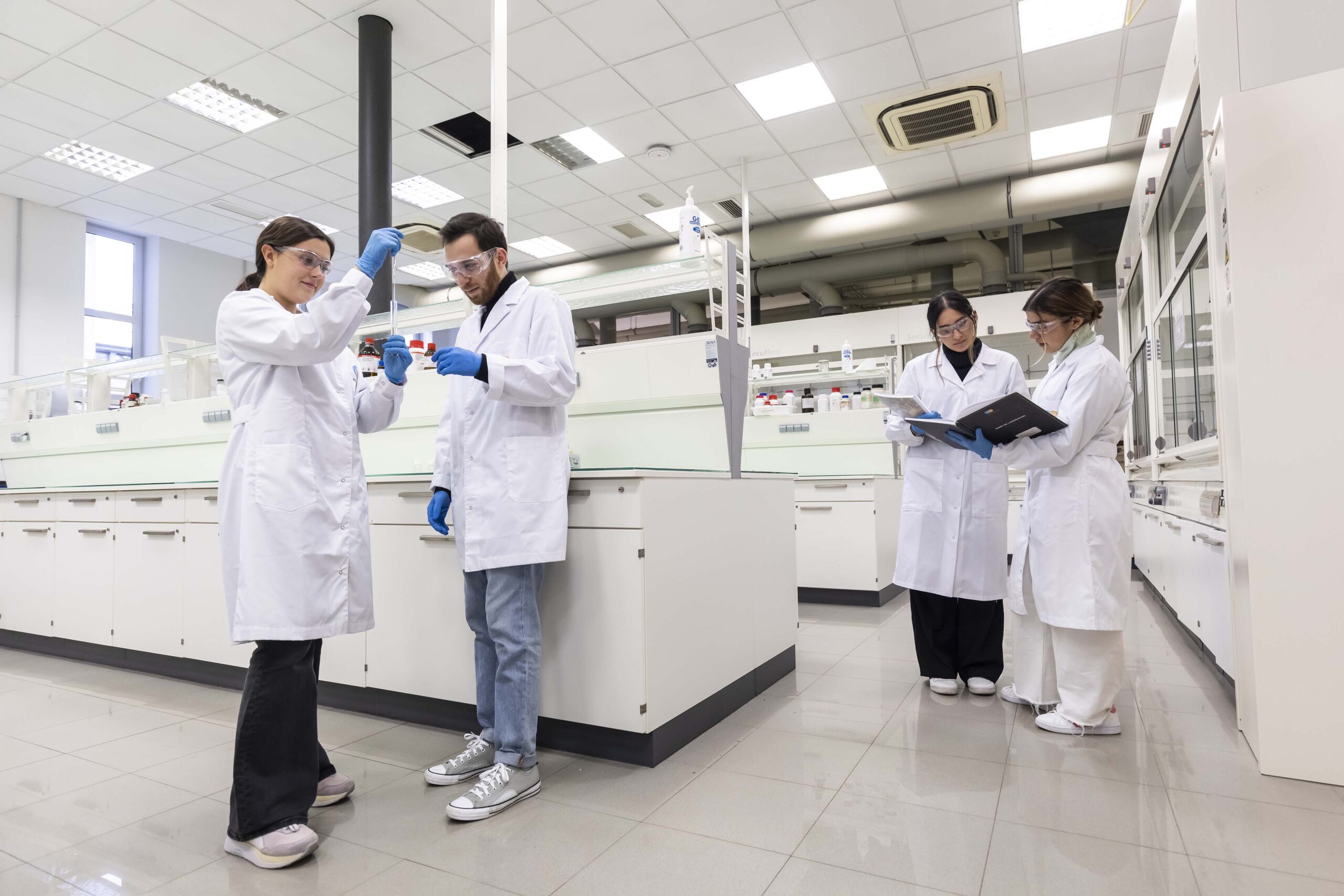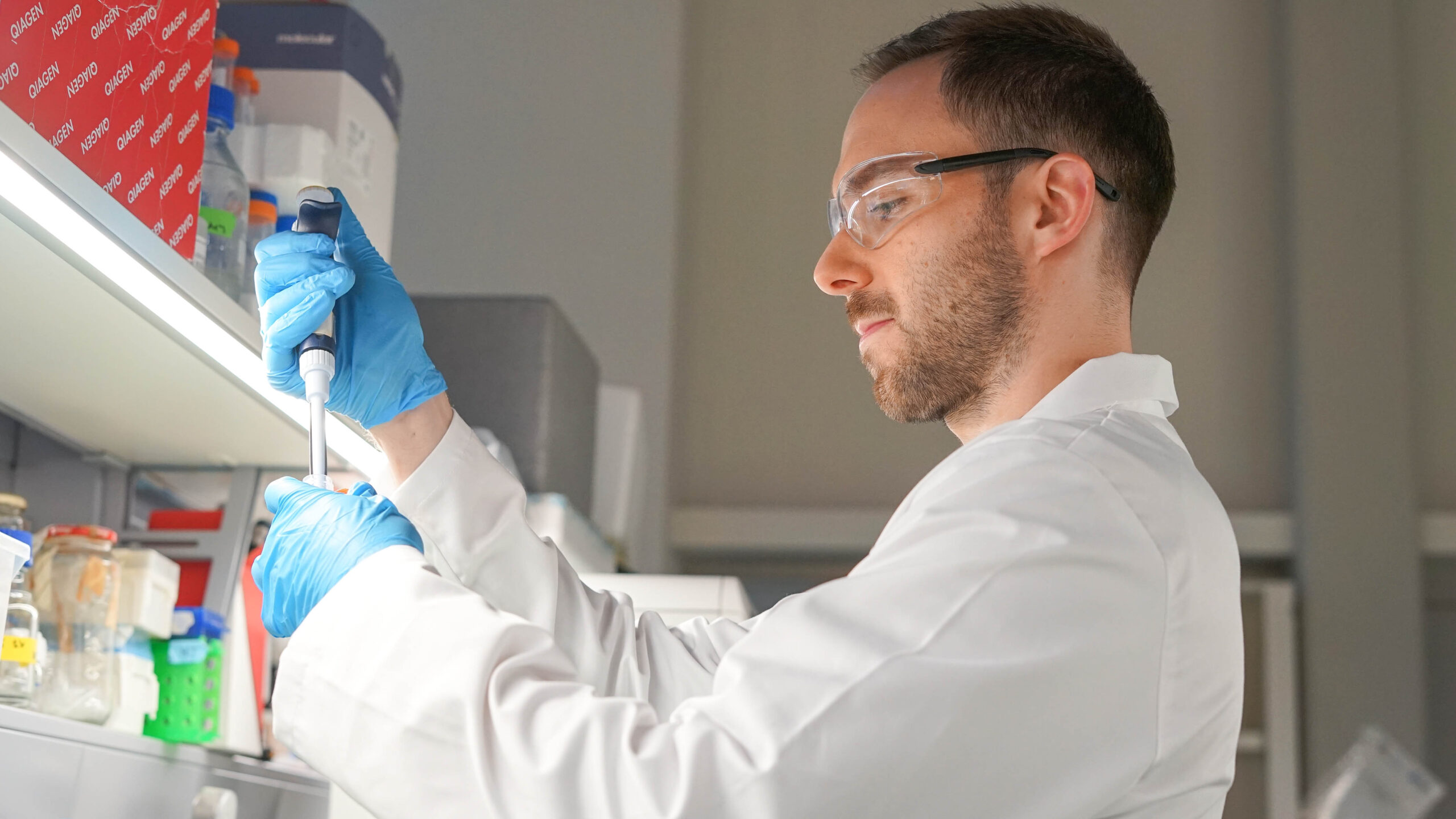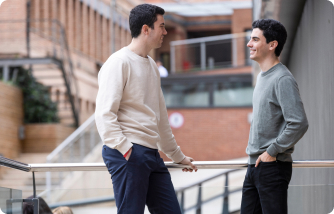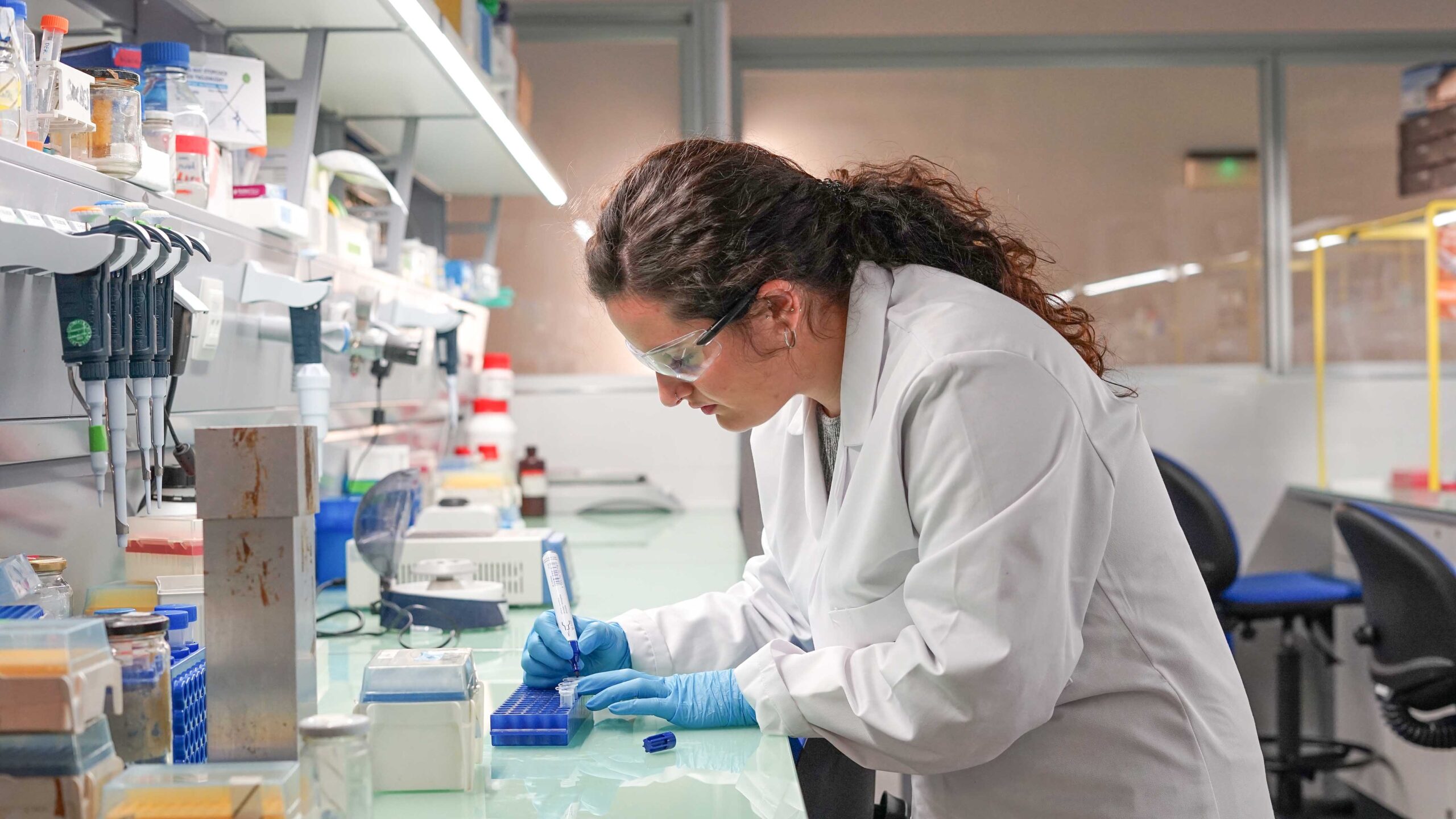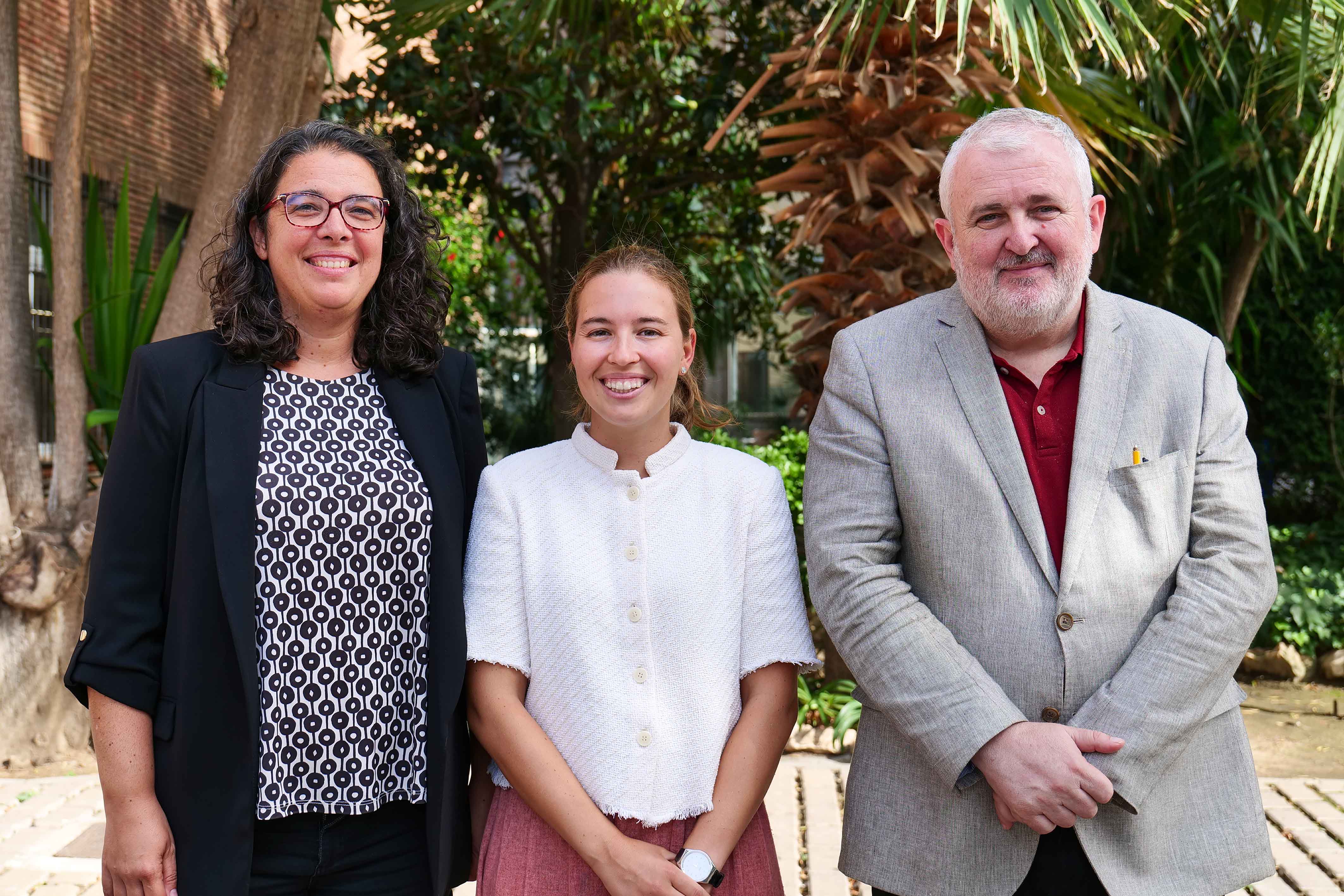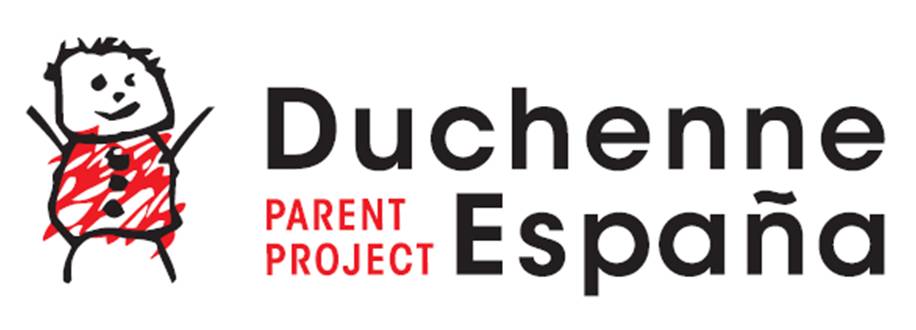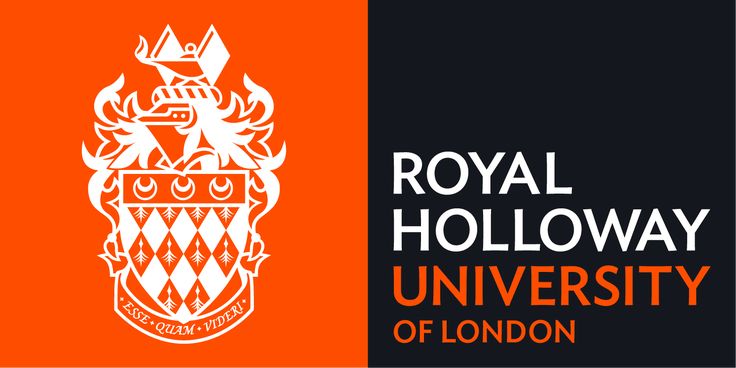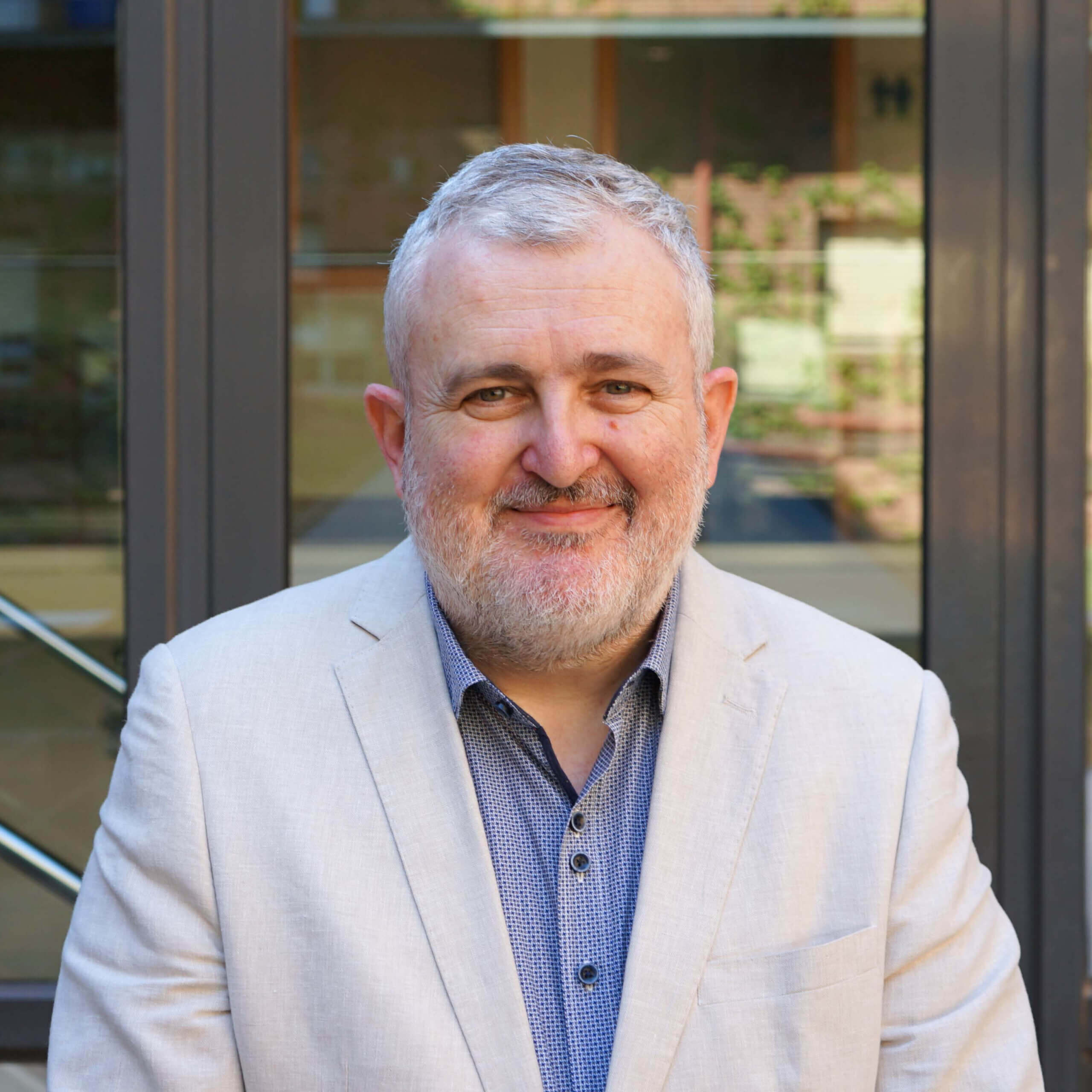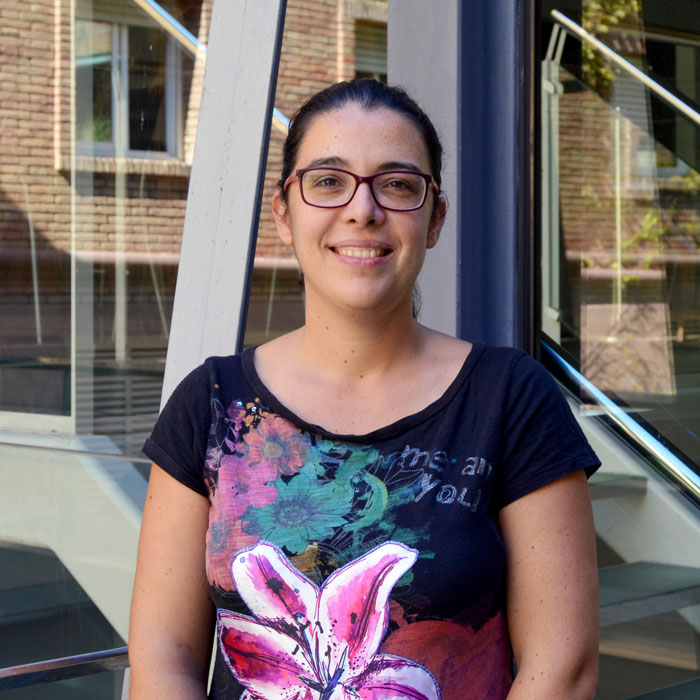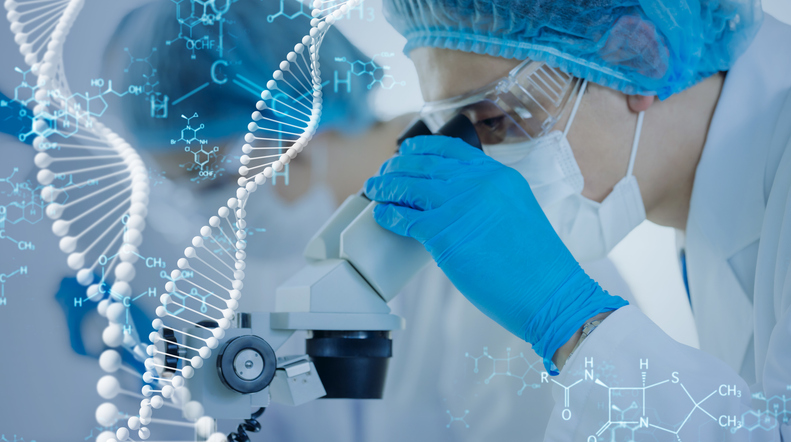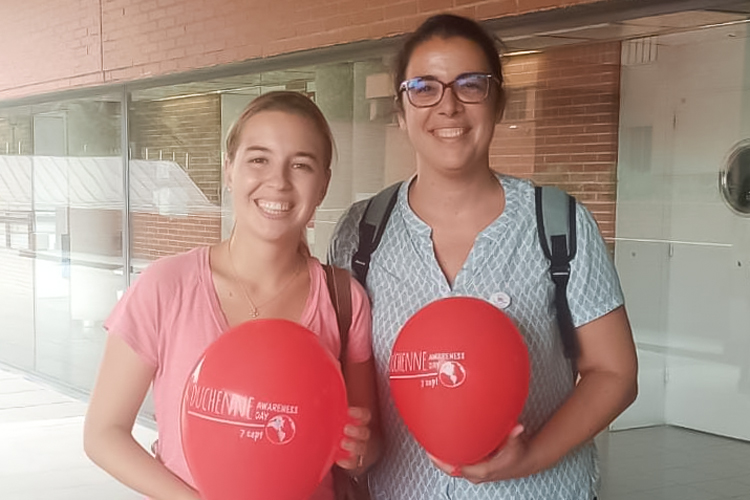Duchenne Muscular Dystrophy (DMD) is a genetic disorder caused by mutations in the gene that codes for dystrophin, a protein essential for the stability of muscle cells, which especially affects children. DMD causes progressive muscle degeneration, life-threatening complications, and significantly reduced life expectancy. Currently, there is no cure for this disease and, despite advances, challenges such as immune responses, limited delivery efficiency, and lack of specificity in current therapies require innovative strategies to improve therapeutic outcomes.
In recent years, research into therapies for DMD has advanced significantly, especially through the use of adeno-associated viruses (AAV) as viral vectors to introduce therapeutic genetic material, an approach that makes it possible to synthesize a shorter yet functional version of dystrophin called microdystrophin. However, this strategy’s drawback is that AAV can be recognized by the immune system as foreign and, consequently, be eliminated. These difficulties mean that the therapy can only be administered once at present, with very limited efficacy.
Within the Materials Engineering Group (GEMAT) at IQS, Dr María Stampa López-Pinto conducted her doctoral thesis entitled Development of adeno-associated hybrid viral vectors to improve genetic administration in Duchenne Muscular Dystrophy, supervised by Dr Marta Guerra Rebollo and Dr Salvador Borrós Gómez. The aim of the thesis was to develop new hybrid viral vectors that combine adeno-associated viruses with poly(β-aminoesters) coatings, pBAEs, with the aim of improving the transduction efficiency of AAVs, increasing the specificity of targeting, and minimising immune responses.
New hybrid AAV vectors
The first objective of Dr Stampa’s thesis was the design, synthesis, and characterization of a library of new modified pBAE polymers, which allow their covalent attachment to the AAV capsids. These polymers that were obtained have been patented within the framework of an international application (International Patent Application Number: WO 2023/006651).
In the second phase of her research, Dr Stampa studied the impact of the new OM-pBAE coatings related to properties such as transduction efficiency, interaction with the immune system, and biodistribution. The new AAV vectors were validated in specific in vitro models of DMD, with improvements in both cell internalization and transduction efficiency observed.
Finally, subsequent studies conducted with in vivo models showed that hybrid vectors significantly increase the expression of dystrophin in the treated muscles, supporting their therapeutic potential. This part of Dr Stampa’s research was carried out in collaboration with the team led by Dr Alberto Malerba from the Royal Holloway University of London.
In conclusion, Dr Stampa’s thesis contributes to the advancement of gene delivery mechanisms with AAV, opening the way to future, more effective, safe, and durable gene therapies for the treatment of DMD and other genetic disorders.
Thanks to the research conducted in this thesis, the group has launched a new important project to continue with the research and improvement of therapeutic AAV vectors for DMD.
Related publication
Maria Stampa-Lopez Pinto et al., Polymer-based coating of adeno-associated viral particles as a new strategy to evade immune response for DMD treatment, Journal of Controlled Release, 2025, 384, 113896
The line of research on Duchenne Muscular Dystrophy conducted by the GEMAT group is done in collaboration with the Duchenne Parent Project Association of Spain.
